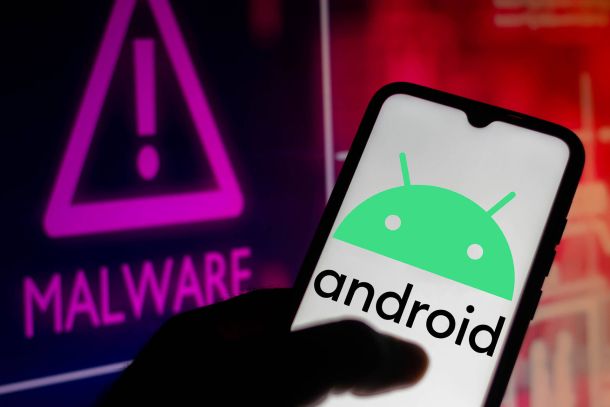Types of Attacks AEGIS Protects Against
Aegis Defender Pro updates the native Firewalls of Windows and Linux machines with CIDRs used in many "Zombie Armies", protecting against different types of cyberattacks. These attacks are launched using the infected devices of the Zombie army, known as "bots" or "botnets".
A botnet is a group of compromised devices that are controlled remotely by an attacker. These devices can be used to launch different types of attacks such as:
- Distributed Denial of Service (DDoS) attacks: This type of attack involves overwhelming a website or network with a high volume of traffic, making it unavailable to legitimate users.
- Spamming: This type of attack involves sending a large volume of unwanted emails, often with malicious attachments or links.
- Phishing: This type of attack involves tricking users into providing sensitive information, such as login credentials or personal information, by disguising as a trustworthy entity.
- Click-Fraud: This type of attack involves automating clicks on ads in order to generate revenue for the attacker.
- Bitcoin mining: This type of attack involves using the computing power of the infected devices to mine for bitcoins, generating revenue for the attacker.
- Advanced Persistent Threats (APTs): APTs are a type of cyber attack that is designed to infiltrate an organization's network and remain undetected for an extended period of time. They can be launched by botnets to gain access to sensitive data and steal sensitive information.
- Supply Chain Attack: This type of attack involves compromising a third-party software or service provider in order to gain access to the target organization's network. Botnets can be used to launch supply chain attacks by compromising the third-party software or service provider.
- Spread malware: Botnets can be used to spread malware to other devices, creating new bots to add to the botnet.
- Keylogger: Botnets can be used to install keyloggers on victim's devices, stealing login credentials and other sensitive information.
- Cryptojacking: This type of attack involves using the computing power of the infected devices to mine for cryptocurrency, generating revenue for the attacker.
Email and Ransomware Protection
Aegis Defender Pro can provide additional protection for an Exchange Server by utilizing the Windows Firewall to block connections from IP addresses and CIDRs associated with Ransomware as a Service (RaaS) servers. By blocking these connections, Aegis Defender Pro can prevent Ransomware from communicating with its command and control servers, which would prevent the encryption of the Exchange Server's files.
When integrated with an Exchange Server, Aegis Defender Pro would work by updating the Windows Firewall rules with the latest IPs and CIDRs associated with RaaS servers in real-time. This would prevent any incoming connections from known RaaS servers, and also detecting and blocking connections from previously unknown RaaS servers.
In addition to preventing Ransomware attacks, Aegis Defender Pro can also protect against other types of attacks that can be launched by botnets controlled by Command and Control (C2) servers. This includes Advanced Persistent Threats (APTs), Supply Chain Attack, Spread malware, Keylogger, Cryptojacking and others.
Aegis Defender Pro is a powerful software that provides an additional layer of protection against Ransomware attacks by blocking IPs and CIDRs used by Ransomware as a Service (RaaS) servers. Its real-time updating feature ensures that it is always able to block connections from known Ransomware as a Service servers, and its advanced techniques such as machine learning and behavioral analysis allows it to detect and block connections from previously unknown Ransomware as a Service servers.
Additionally, it can also protect against other types of attacks that can be launched by botnets controlled by Command and Control (C2) servers. When integrated with an Exchange Server, it can provide an extra level of security and peace of mind for the organization. However, it is important to note that to ensure complete protection it should be used in conjunction with other security measures such as keeping software up-to-date, having an incident response plan, and employee security awareness training.











